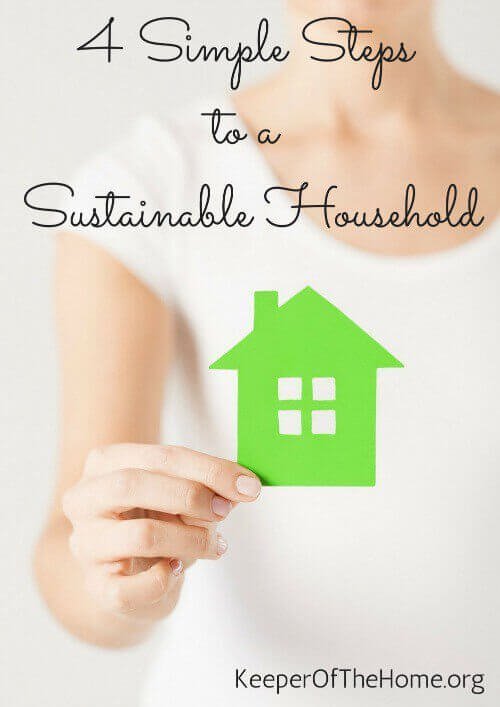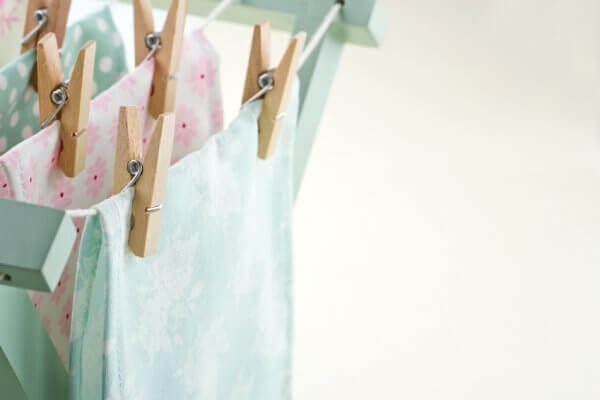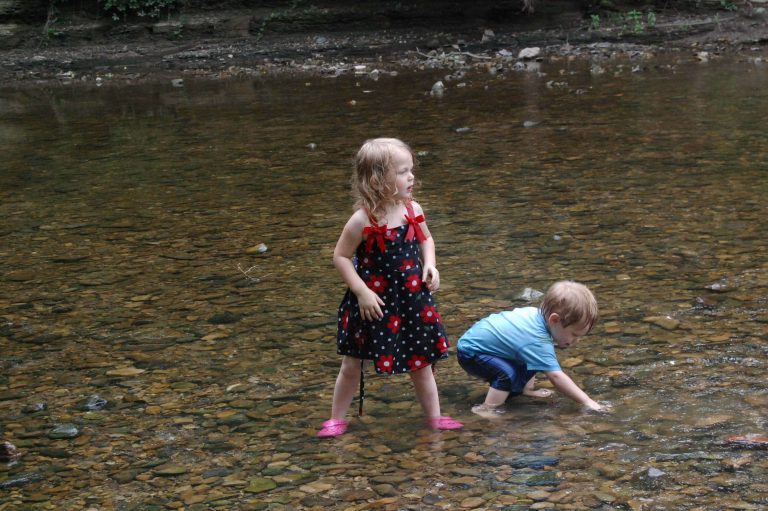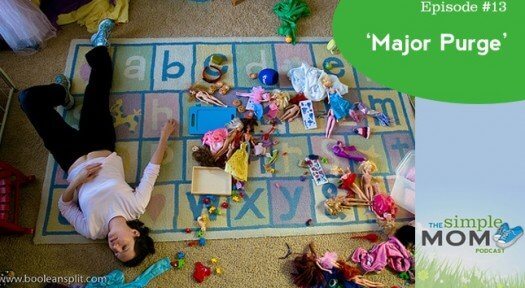4 Simple Steps to a Sustainable Household

By Nina Nelson, Contributing Writer
Over the last several years, I’ve made lots of changes to create a more sustainable household. And while I’d love to tell you that it all began as a means to reduce my family’s footprint and do our part to save the planet, it really started because we needed to save money.
You see, we were in debt, had two small kids and one on the way. I worked at a job I hated, but couldn’t quit and we knew that once the baby was born we wouldn’t be able to afford daycare for three. We were in a tough spot and something needed to be done.
Enter Financial Peace University, a program designed to help people get themselves out of debt with smart strategizing and hard work. It was exactly what we needed.
After our first class, my husband and I agreed that we needed to make some major changes in our home. As the person in our family who loves planning, researching and taking action, I took on the task of figuring out what could help us cut expenses as fast as possible.
And that’s when I discovered sustainability – the idea of living more naturally and creating a household that produces more than it consumes (or at the very least, consumes less). I loved it and as I began implementing sustainability suggestions, I watched our expenses drop.
Today, our household is drastically different than it was when I discovered the concept of sustainability. We’re big on natural DIY products and creating as little waste as possible. We started gardening. And we even moved our family of six into a bus for a year to see just how small we can live (turns out, quite small).

It all started with a few simple steps that anyone can take to create a more sustainable household:
1. Declare your decision.
I know this simple suggestion might sound too easy to some, but go with me. When you make the decision to make changes and tell people, it tends to happen. So when I saw that focusing on sustainability would help us in our journey to debt-freedom, I declared that that’s what we were going to do (to my husband, kids, family, friends, etc.).
2. Take inventory.
Just as we had to write down everything we made and spent for a month to see what was really going on with our finances, we had to do the same thing to see where we could make changes to a more sustainable lifestyle.
What I soon found was that we produced several bags of garbage each week, bought a lot of groceries in frivolous packaging and depended on electricity for just about everything.
Frankly, I was appalled at how wasteful our family was without even thinking about it (which is probably why we were so wasteful – we weren’t intentional about much). But. I knew that we could change that.
3. Set measurable goals.
Once I knew what we were working with, it was time to set goals. I wrote down the changes I knew would save us the most money (and get us closer to sustainability), like reducing waste and using less electricity.
But frankly, that was pretty vague and a little (ok, a lot) overwhelming.
So if you’ve taken your inventory and are writing out your sustainability goals, instead of saying that you want to reduce waste, for instance, I recommend setting more measurable goals:
- Go down to the smallest garbage can your sanitary service offers (which probably will fit about two full garbage bags).
- Cut food waste by eating leftovers before they go bad.
- Create a compost pile/bin and put a bucket in the kitchen for compostable food scraps.
- Switch from disposable diapers.
- Line dry laundry whenever possible.
Now, it’s time to take action.

4. Create a sustainable plan.
(See what I did there?) The aim here is not just to set any plan, but one that you can keep up long-term. So instead of saying, “This week, we’re going to cut our waste in half, start composting and begin hanging our clothes to dry instead of using the dryer,” (which is what I said) you’re creating a plan you can actually succeed at.
What might that look like in action? Well, if your goal is to hang your clothes to dry 75% of the time, it might look like this:
- Get line drying location set up and ready to go.
- Procure all necessary supplies (namely, clothes pins
).
- Hang two loads of laundry this week.
- Assess how it went: Did it take too much time? Were the kids any help? Is a certain time of day better?
- Hang three loads next week.
- Repeat with other goals.
If you’re like me, you have to resist the urge to go all or nothing in the first week. Because as tempting as it is (and gratifying to see such a big change), it often ends in failure.
But when you take small, sustainable steps toward your goals (I have some how-tos and suggestions for you here), you’ll soon find that you’ve created the intentional household you set out to have.
Have you created a more sustainable household? What steps did you take?
Disclosure: This post contains affiliate links. When you buy through our links, we earn a small commission, which helps to keep this site going so that we can continue to offer free and useful content, so thanks!



These are great tips! I find that making sure we don’t waste food is one of the hardest goals to accomplish. I’m a newlywed, so I’m still figuring out just how much food we’ll both go through in a week.
Ugh that was hard for me, too! I’m still working on it 9 years later. We’ve taken to freezing our leftovers and eating a freezer meal a week.
I find that getting my family on board is hard unless I am consistent, use reward systems (can be as simple as praise or as extravagant as prizes), and make it easy for them. Labels (picture labels with simple wording work for all ages and encourage word memorization for little ones which helps their reading skills develop) and keeping the supplies to compost, hang clothes, and recycle clean and accessible have helped us tremendously. Also, I purchased small solar lights at the Dollar Tree for my household. They work really well.
I’m from the old school, being growing vegies for the last 46 yrs, bottling as well,saves money ,tastes better no
chemicals.Save water bills with 4 tanks gravity fed drinking water & water plants with bottles & spikes.Solar garden lights used every night inside for years. Firewood for heating the house=cosy,free potash, 6ftx6ft compost bin/worms/garden,comfrey plants for liquid manure, Bike riding for fun & exersize etc.There’s a great crises coming- I’m trying to prepare for that, if I’m allowed to. regards Tony
Wonderful tips! I have done a lot to live more sustainability but it’s an on-going journey and I still have a ways to go. Food waste is still a big one for me. I need to get my fridge better organized and better use my white board so I don’t lose track of things!
I was reading on your adventures on the bus. I was wondering did it make your life simpler and make your to-do list shorter or did it just change your list and add stress in other ways.? Did it make it easier to focus on what’s important? It sounds like it would be wonderful to simplify life like that.
Anyone can create a more sustainable household. Simple solutions, such as recycling, are easy to maintain. I find that it’s a better long-term strategy to set goals and then introduce the changes on a gradual basis.